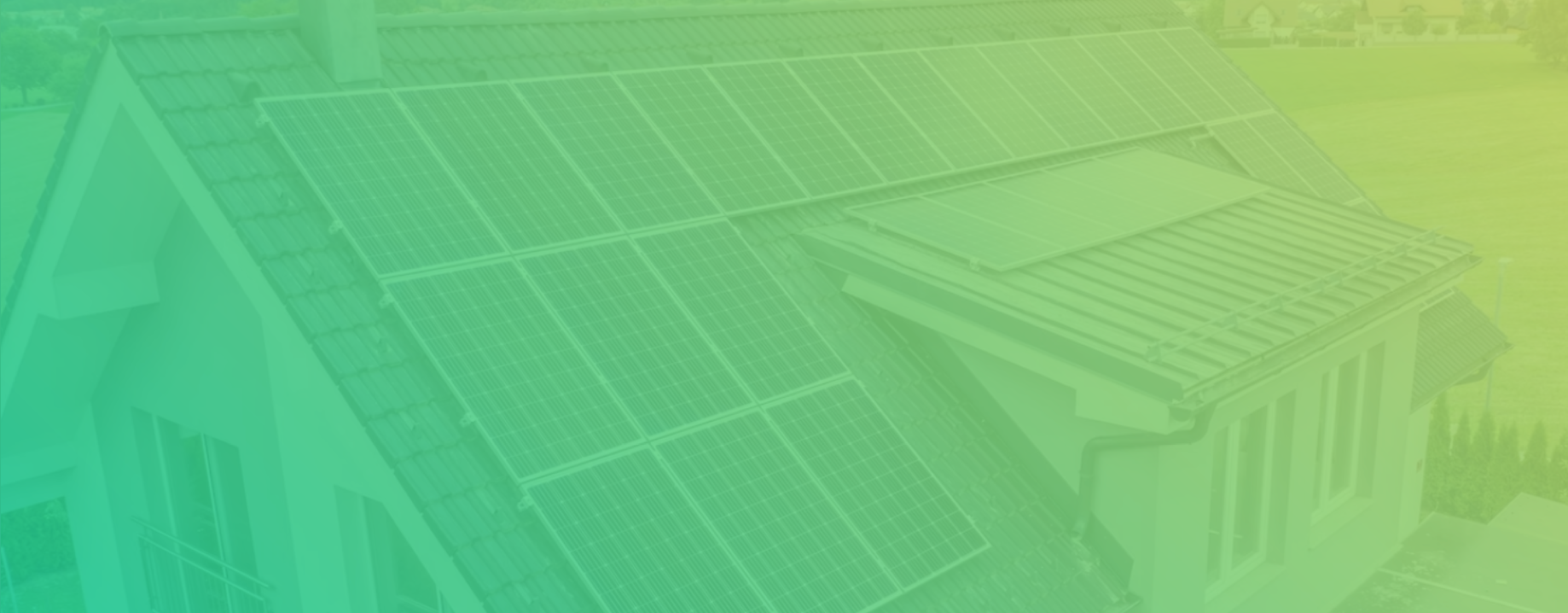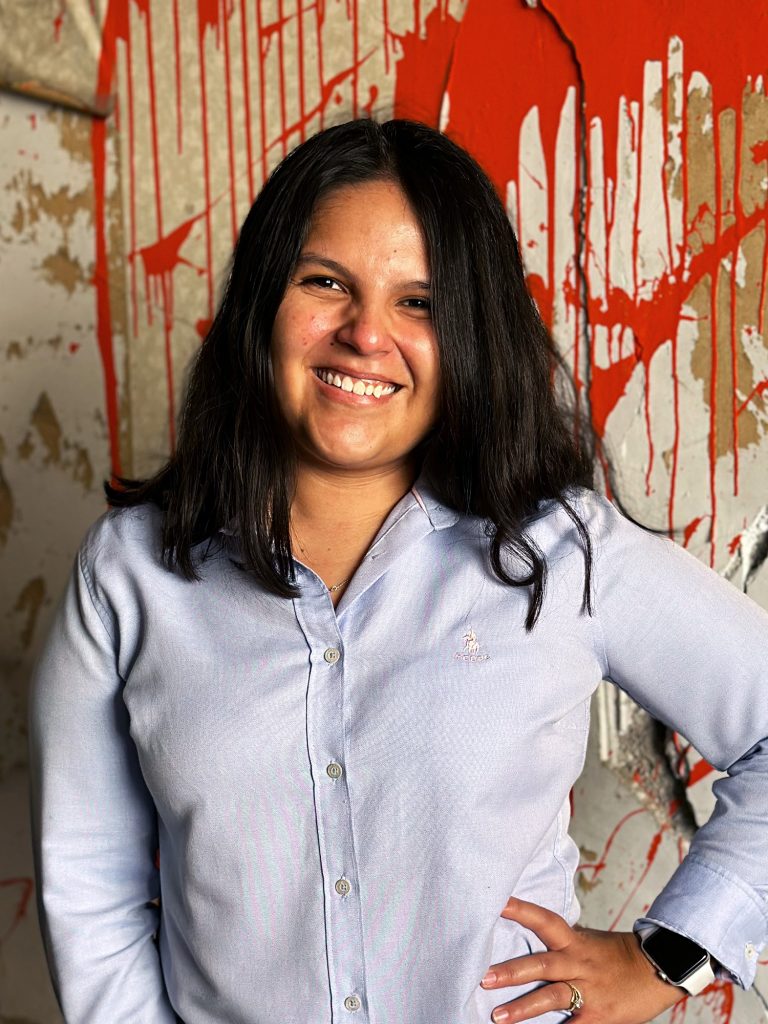

SOBRE EL AUTOR
Jessica Alcántara Rivera Arquitecta, Maestría en Arquitectura Digital y Diseño, Coordinadora BIM
“Creo verdaderamente que la implementación de las nuevas tecnologías de una manera correcta puede hacer de la práctica de la arquitectura una disciplina que afronte los retos globales de una manera inteligente”
The construction sector has great potential to contribute to the mitigation and adaptation to climate change and improve people’s quality of life. Currently this sector is responsible for 40% of CO2 emissions on the planet and the percentage is expected to increase. Therefore, it is important to incorporate sustainability criteria in buildings that will help improve adaptive comfort, the quality of life of inhabitants and reduce CO2 emissions in the construction of buildings in Mexico.
Currently, Mexico has a robust regulatory framework and the necessary infrastructure to carry out a transition towards more efficient buildings with better impact, however, it does not have the development of capacities at the local level for the implementation of municipal construction regulations, the Large housing developers have no interest in standards that are not mandatory, and there are neither sanctions nor sufficient incentives for their widespread application in residential and non-residential buildings.
National certifications
According to the CEELA project; For Mexico there are four relevant initiatives regarding national certifications.
1. Sustainable Buildings Certification Program (PCES)
The PCES is a program proposed by the Ministry of the Environment (SEDEMA) for Mexico City that has operated since 2008 and has been recently updated in 2020. The initial purpose was to establish a standard to qualify both residential and commercial buildings and offer a series of tax incentives such as discounts on water consumption, property tax and payroll tax, as well as speed in processing procedures. The initial sustainability criteria of this program focused almost exclusively on environmental matters: Energy, Water, Solid Waste, Quality of Life and Social Responsibility and Environmental Impact. Currently it addresses each of the stages of buildings: design, construction and operation; In addition, the uses and activities to which the PCES is directed have been expanded: housing, commercial, services, recreational, entertainment and mixed uses; A very important variable has also been added: mandatory nature, which is applicable to buildings that meet certain criteria defined by SEDEMA.

The procedure to establish and consolidate the designs, adaptations, practices and systems that guarantee compliance with the criteria can begin at any stage (design, construction, renovation or operation), and is carried out according to the following phases: registration of the building, diagnosis, action plan, execution and conclusion.
2. ECO CASA
It was created in 2013 by the Federal Mortgage Society (SHF) in conjunction with the German Development Bank (KFW) and the Inter-American Development Bank (IDB). Its objective is to achieve from 20% to the highest percentage of emissions reduction of CO2 in each project, offering well-located and quality housing for Mexicans, promoting sustainable development in cities. It is the leading sustainable social housing program in Mexico, and has an incentive approach to grant loans to developers with preferential interest rates3 that depend on the level of compliance in accordance with the Program Operating Rules and the bioclimatic zone of the project. Initially, Eco Casa operated focused on Energy Efficiency and as the program evolved, additional elements such as water consumption, urban environment and carbon footprint of materials have been incorporated. The program has generated the following results between 2013 and 2020: – 72,284 Certified Homes (61,979 Financed Homes) – 79 Developers / 240 projects – Coverage in 23 States of the Mexican Republic.

The program has generated the following results between 2013 and 2020: – 72,284 Certified Homes (61,979 Financed Homes) – 79 Developers / 240 projects – Coverage in 23 States of the Mexican Republic. The program integrates sustainability criteria through four tools that evaluate Energy Efficiency (DEEVi), Water Consumption (SAAVi), Urban Environment (HEEVi), and the Carbon Footprint of the materials based on the Comprehensive Performance of the home. Being possible to quantify the savings in energy and water consumption, determine the characteristics of the urban context in which the home will be located and the carbon footprint of the materials.
3. Excellence in Energy Efficiency in Buildings (E4)
This program was born in 2017, led by the National Commission for the Efficient Use of Energy (CONUEE4), with support from INECC, GIZ and PIIMA. It has a benefit-type approach that evaluates the previous year’s electricity demand of a property. Likewise, the building’s equipment is considered through 20 variables that impact its energy consumption and that of its automation, HVAC, lighting and renewable energy systems, among others. This system is based on the EnergyStar® methodology, a program of the United States Environmental Protection Agency that promotes the efficient use of electricity. The program develops algorithms to rate the energy performance of private buildings for office use, which use an energy comparison technique for properties of the same type in similar climatic conditions and assigns them a rating from 0 to 100 points. Considers variables of how the building is operated, not its design or construction. 5 Evaluate: Total electrical energy consumption (kWh/year), area (m2), # people, # Computers, Hours of operation per day, rate, region.
4. Standard NMX-AA-164-SCF1-2013 on Sustainable Building
Mexican standard of voluntary national application that specifies the minimum environmental criteria and requirements of a sustainable building. Its purpose is to contribute to the mitigation of environmental impact and the sustainable use of natural resources, without neglecting the socioeconomic aspects that ensure its viability and integrity of the urban and natural environment; which means that a congruence with the lifestyle and regionalism of Mexico is sought. The Standard covers everything from design and construction, to the operation and maintenance of the building, and can apply to both new constructions and renovations. Several important aspects of sustainable building are evaluated: land, energy, water, construction materials and waste, environmental quality and social responsibility.
NOM-008-ENER-2001 Energy efficiency in buildings, envelope of non-residential buildings
This standard limits the heat gain of buildings through their envelope, with the aim of rationalizing the use of energy in cooling systems.
NOM-020-ENER-2011 Energy efficiency in buildings. Building envelope for residential use
It shows the minimum standard that the envelope of a property in which you can live (houses and apartments) must meet. New buildings for residential use or extensions to existing buildings for residential use, included in the field of application of this Official Mexican Standard, that are built in the United Mexican States must display a label that provides users with information on the gain. of maximum heat allowed by the Official Mexican Standard (reference building for residential use) and the heat gain of the constructed building (projected building for residential use).
Conclusion
It is well said that what is not measured cannot be improved, and what cannot be improved is degraded. There are several alternatives in Mexico for evaluating the performance of buildings, for different typologies, with different scopes and aimed at different sectors: Developers, homeowners, small and medium-sized businesses. Although there is no mandatory application requirement in our country, the evaluation of building performance must become a recurring practice that guarantees the quality of the products we offer aimed at the human beings who inhabit them and our planet.
Want to know more about this topic? Contact us
